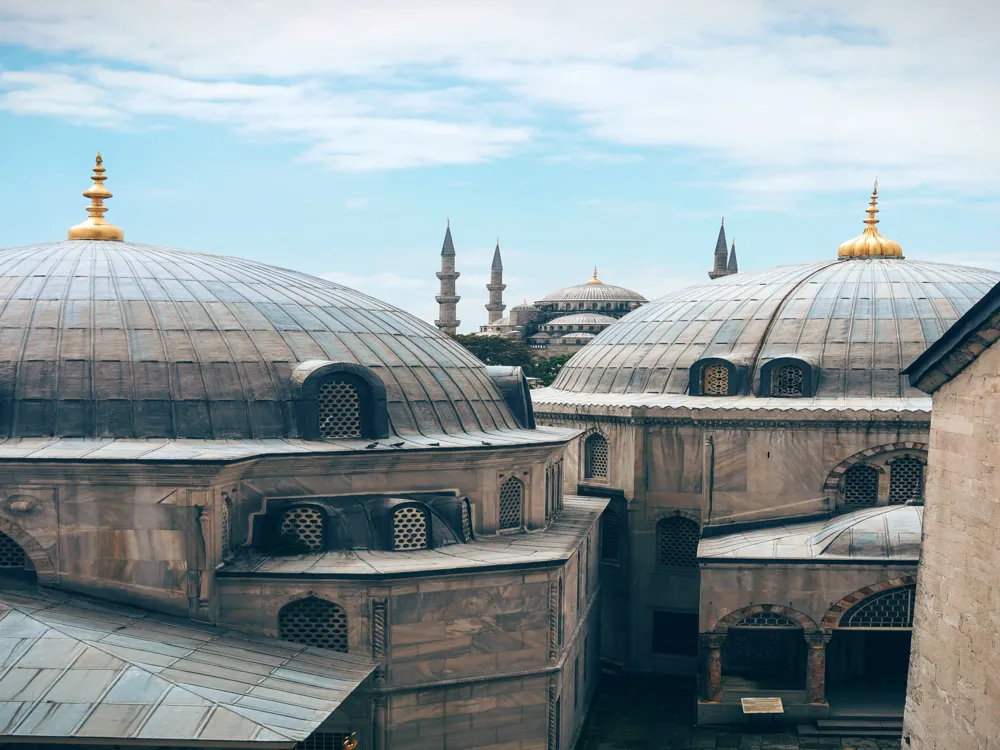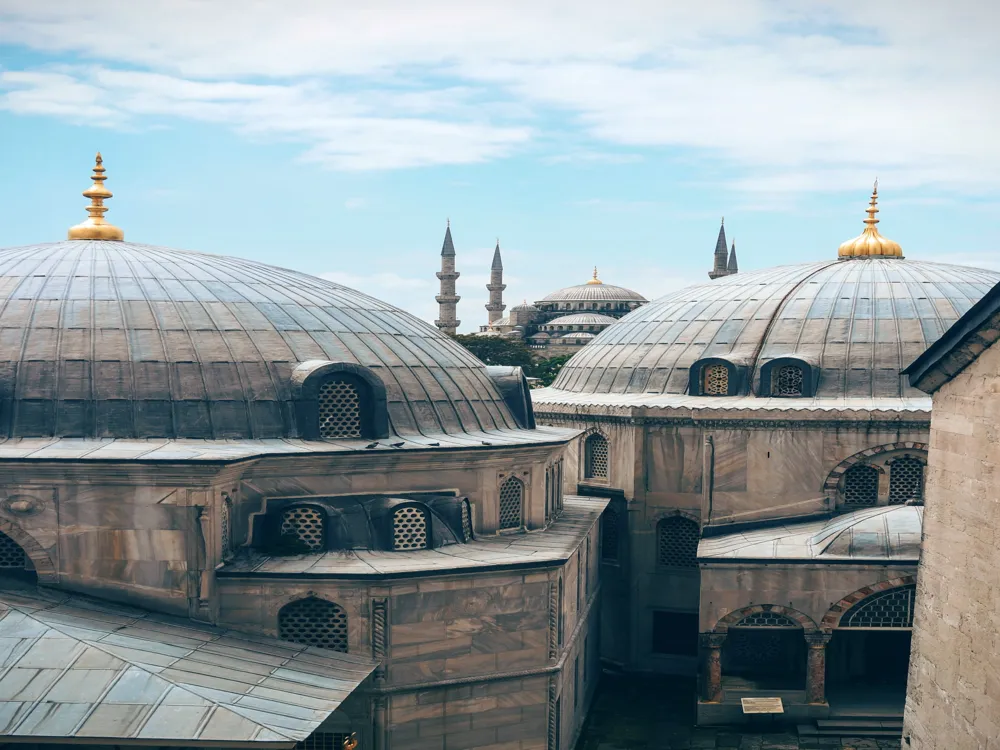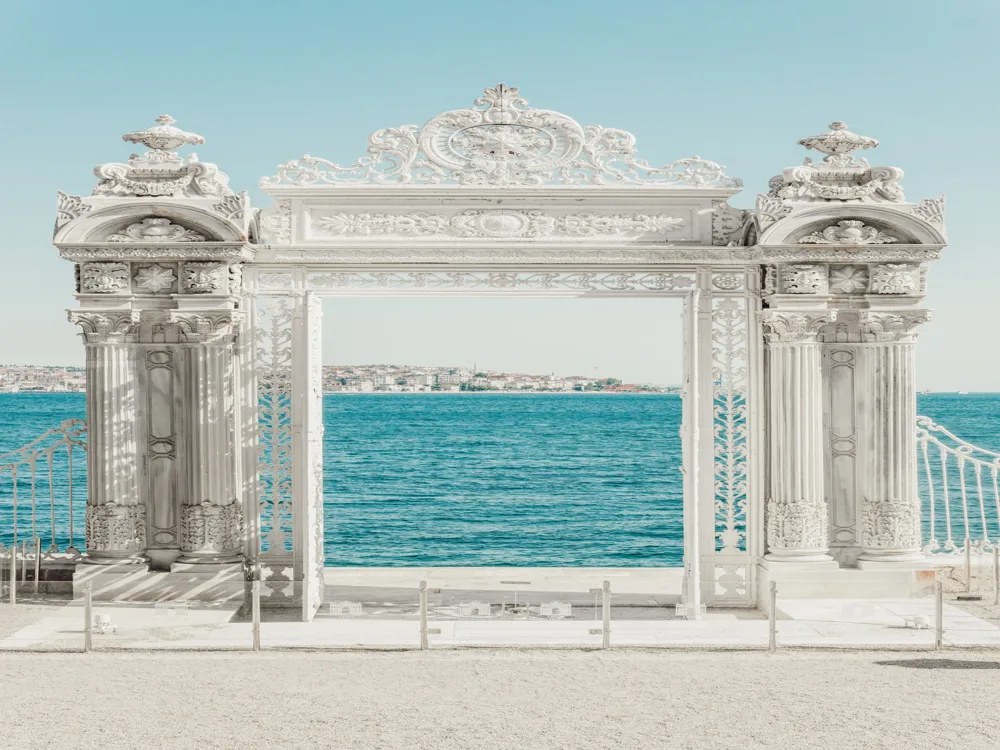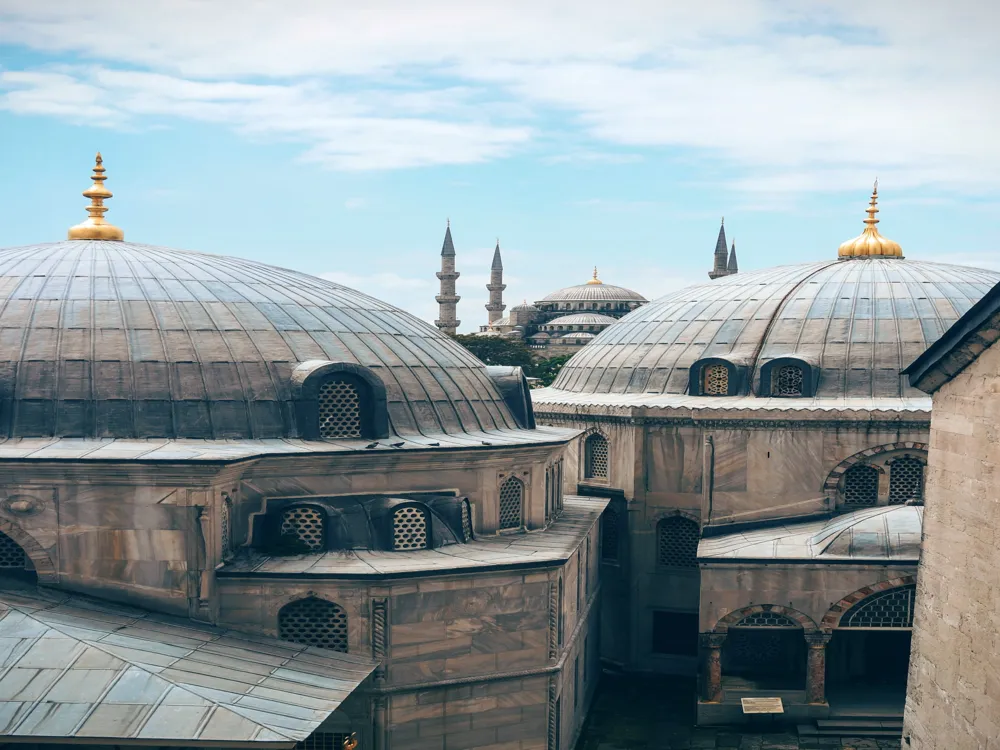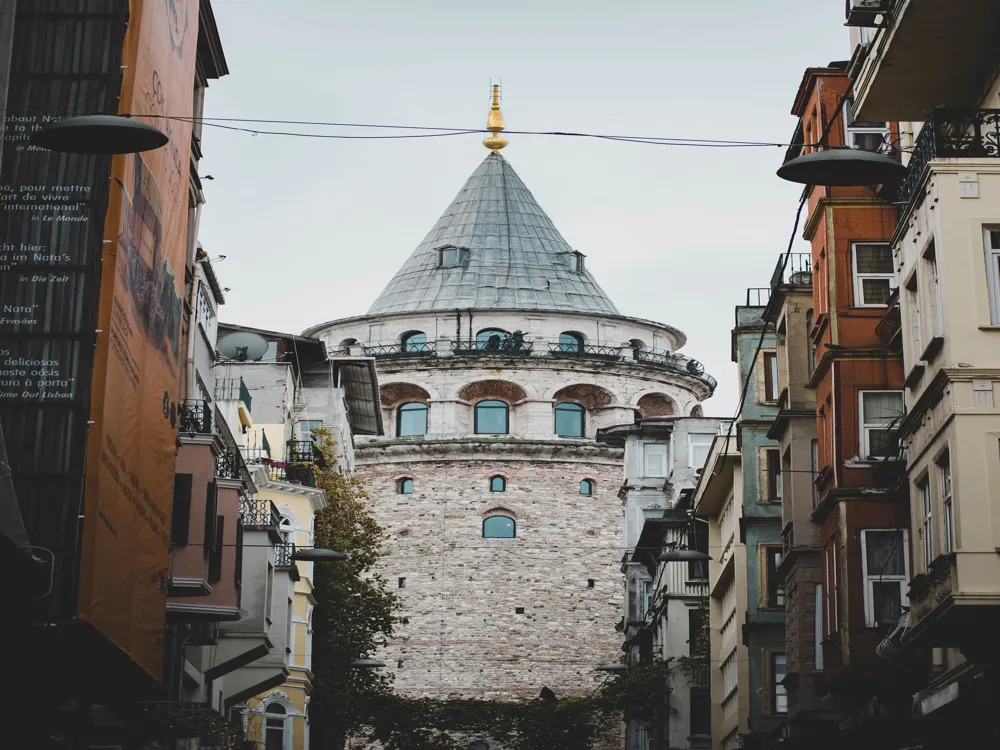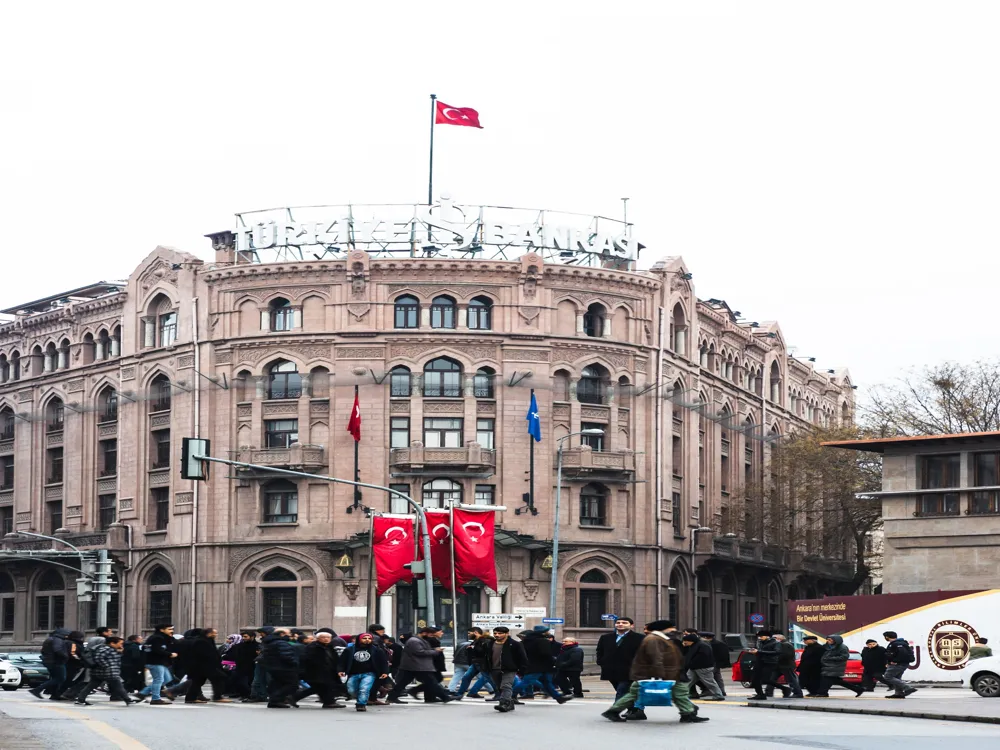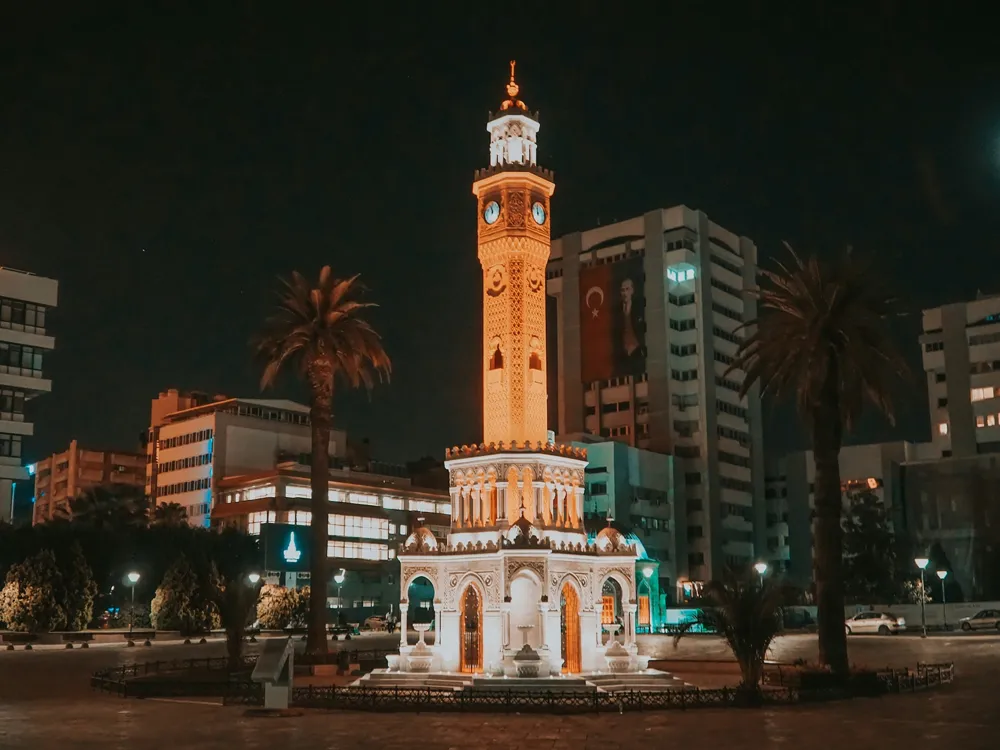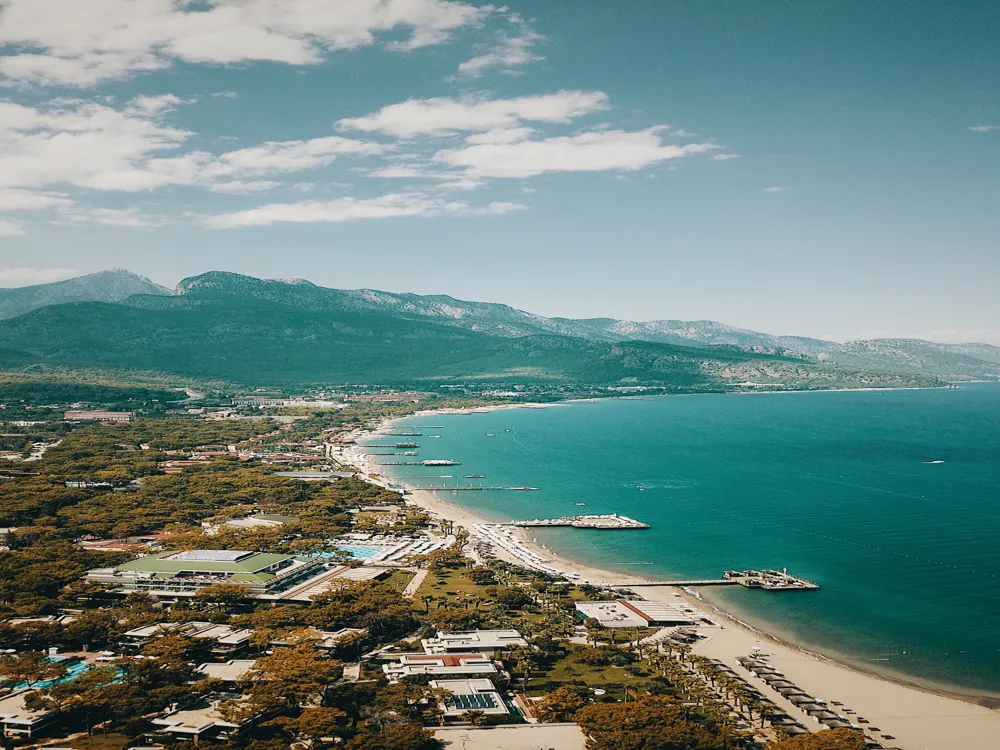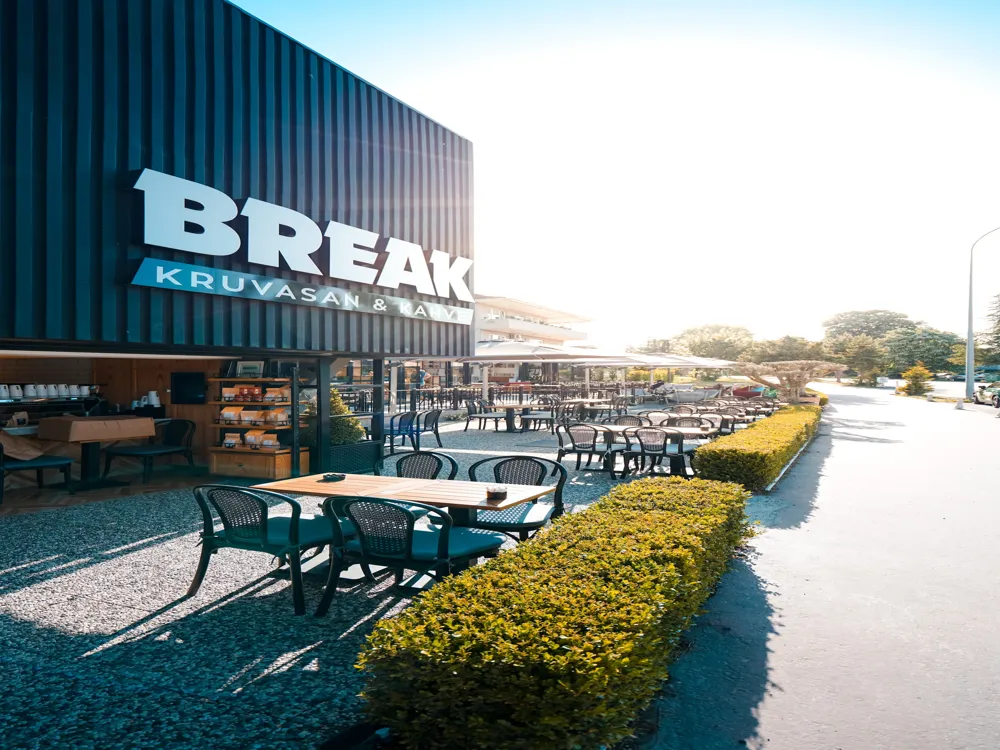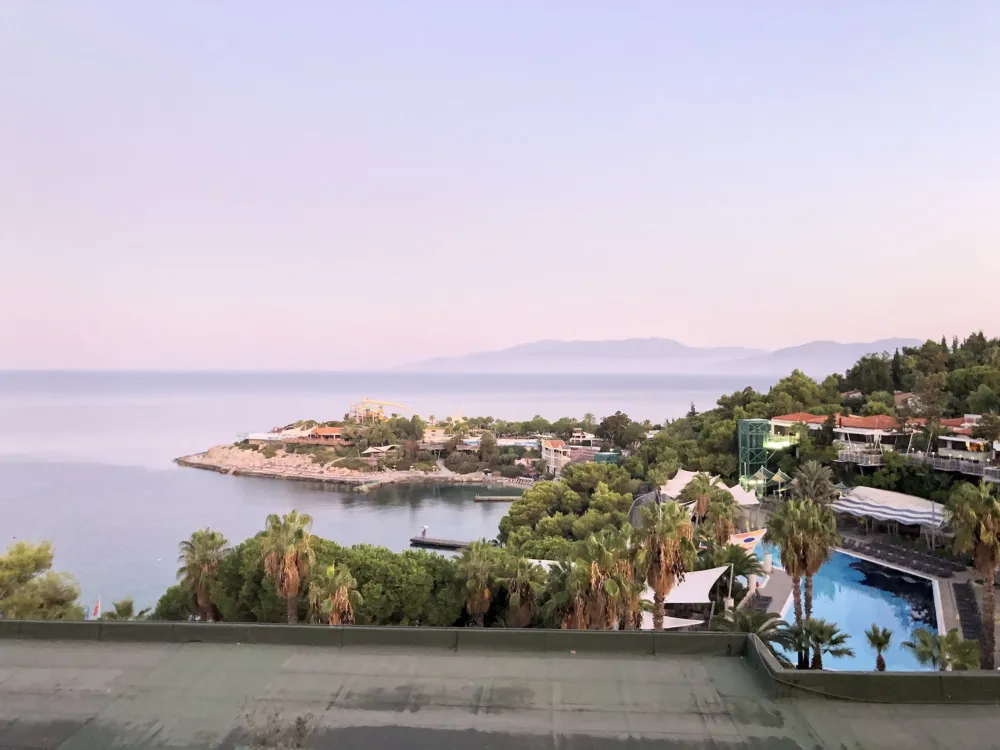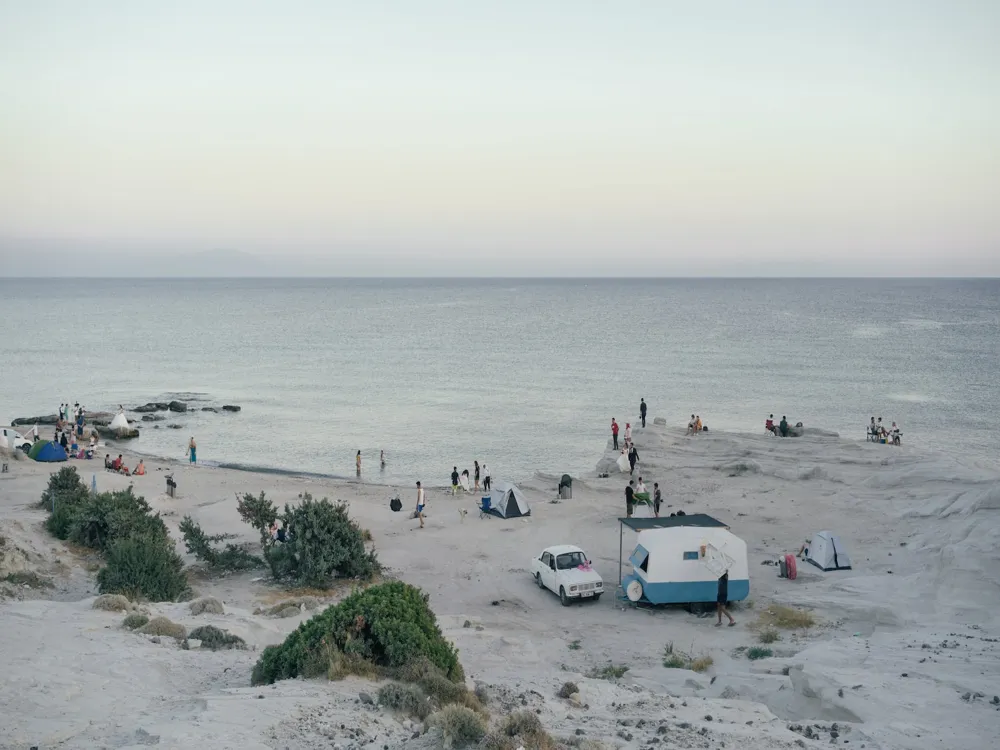The Grand Bazaar of Istanbul, a sprawling marketplace with a rich history, stands as a testament to Turkey's deep-rooted heritage. Established in the 15th century, it has evolved from a small vaulted bedesten (covered market) into one of the largest and oldest covered markets in the world. This historical bazaar, located in the heart of Istanbul, extends over 61 streets and houses over 4,000 shops. The Grand Bazaar is not just a market; it's a vibrant spectacle of culture, commerce, and craftsmanship. It's a place where you can find everything from traditional Turkish carpets, jewelry, spices, to intricate ceramics and textiles. The architecture of the Grand Bazaar reflects the various eras of Turkish history. The core of the bazaar was constructed during the reign of Sultan Mehmed II and expanded under Suleiman the Magnificent. The Bazaar's layout is a complex maze of streets, each dedicated to different types of goods, showcasing the Ottoman era's love for organization and detail. One of the most striking features of the Grand Bazaar's architecture is its intricate network of domes and vaults. The roofs are adorned with lead and windows designed to let in natural light while keeping the interior cool. As you walk through the bazaar, you'll notice the ornate hand-painted ceramics, Iznik tiles, and detailed Ottoman calligraphy that decorate the walls and ceilings. The main entrances, like the Nuruosmaniye Gate, are grandiose, reflecting the architectural style of the Ottoman Empire. The bazaar's layout is more than just functional; it's a marvel of engineering. It has survived numerous earthquakes, fires, and restorations, thanks to its robust construction. The market's streets are lined with hans (caravanserais), which were traditionally used for lodging and storage. These hans now serve as workshops for artisans. The interplay of natural light and shadow, along with the scent of spices and leather, creates an atmosphere that transports you back in time. The Grand Bazaar can be overwhelming for first-time visitors. It's advisable to plan your visit ahead of time. Research the layout, know the main entrances and exits, and decide what you want to shop for. The bazaar is open Monday to Saturday, and visiting early in the morning helps avoid the crowds. Haggling is part of the shopping experience in the Grand Bazaar. Don't be afraid to negotiate the price. Sellers typically start with higher prices, expecting customers to haggle. A good tip is to start your offer at half the asking price and negotiate from there. The Grand Bazaar is usually crowded, making it important to be mindful of your belongings. Keep your bags and wallets secure to avoid pickpockets. Located in the historic Fatih district of Istanbul, the Grand Bazaar is accessible by various modes of transportation. The easiest way to reach the bazaar is by tram, alighting at the Beyazıt, Üniversite, or Sirkeci stops. For those preferring a more scenic route, ferries to Eminönü provide a beautiful approach to the European side of Istanbul, followed by a short tram ride or walk to the bazaar. Taxis are readily available throughout the city, although traffic can be heavy. For a truly local experience, consider taking a dolmuş (shared taxi) or public buses that service the area. Read More:Welcome to the Grand Bazaar of Istanbul: A Historical Marvel
Architectural Wonders of the Grand Bazaar
Tips When Visiting the Grand Bazaar
Plan Your Visit
Haggling is an Art
Be Aware of Your Belongings
How To Reach the Grand Bazaar
Grand Bazaar
Istanbul
₹ 27,999 onwards
View istanbul Packages
Weather :
Label : Must Visit
Tags : Shopping Market
Timings : Monday - Saturday: 8:30 AM - 7:00 PM
Final entry: 6:00 PM
Closed on Sundays and bank holidays
Entry Fee : Free
Planning a Trip? Ask Your Question
Istanbul Travel Packages
View All Packages For Istanbul
Top Hotel Collections for Istanbul

Private Pool

Luxury Hotels

5-Star Hotels

Pet Friendly
Top Hotels Near Istanbul
Other Top Ranking Places In Istanbul
View All Places To Visit In istanbul
View istanbul Packages
Weather :
Label : Must Visit
Tags : Shopping Market
Timings : Monday - Saturday: 8:30 AM - 7:00 PM
Final entry: 6:00 PM
Closed on Sundays and bank holidays
Entry Fee : Free
Planning a Trip? Ask Your Question
Istanbul Travel Packages
View All Packages For Istanbul
Top Hotel Collections for Istanbul

Private Pool

Luxury Hotels

5-Star Hotels

Pet Friendly







